A walk through Bielany and Klaudyny is akin to taking a trip back in time. It's impossible not to see and experience the evolution of these two incredible neighbourhoods in the northern suburbs of Warsaw. Both areas have gone through a significant transformation, from once being rural villages to modern-day suburbs.
Originally small, semi-rural villages, both Bielany & Klaudyny were, by the early 1900s, popular with the city's elite, who built summer houses in the area. A vibe that remains today epitomised by stylish villas and an abundance of security gates.
Destruction
These "villages" remained relatively untouched until World War II, when they were occupied by the Germans. The occupants of the villages were forced to leave, and the area was used as a training ground for the German army. The villages were heavily damaged during the war, and very few of the original buildings survived.

Post-War
After the war, the area was left in ruins, and the surviving residents had to start from scratch.
The post-war period was a time of transformation for Bielany and Klaudyny. The villages were rebuilt, and the area was transformed into a modern suburb. The traditional wooden houses were replaced with modern buildings, and the area was connected to the city by new roads and public transport, including, more recently, the M1 Metro line.




Crossing from Bielany into Klaudyny today, the shift in the visual landscape is both clear and dramatic. In the 1970s, the area underwent a period of modernisation and urbanisation, providing the dense housing estates on show today.
Juxtaposition
Despite the mishmash of architectural themes and social demographics what strikes one most is the pervasive sense of calm. Both Bielany and Klaudyny are among the most popular residential areas in Warsaw. Yet despite this, the area is quiet, unassuming, gentle and orderly.


Never underestimate Warsaw's ability to be a city of contrasts: they exist at every turn here. Grand villas prosper next to ruins and architectural vernaculars compete for air along a procession of tree shaded boulevards.
And you can grab one of the very best coffees in the city at "Czytelnia" whilst being entertained by a myriad of young Poles doing the "working from a cafe" thing with lines of MacBooks and chargers standing to attention.
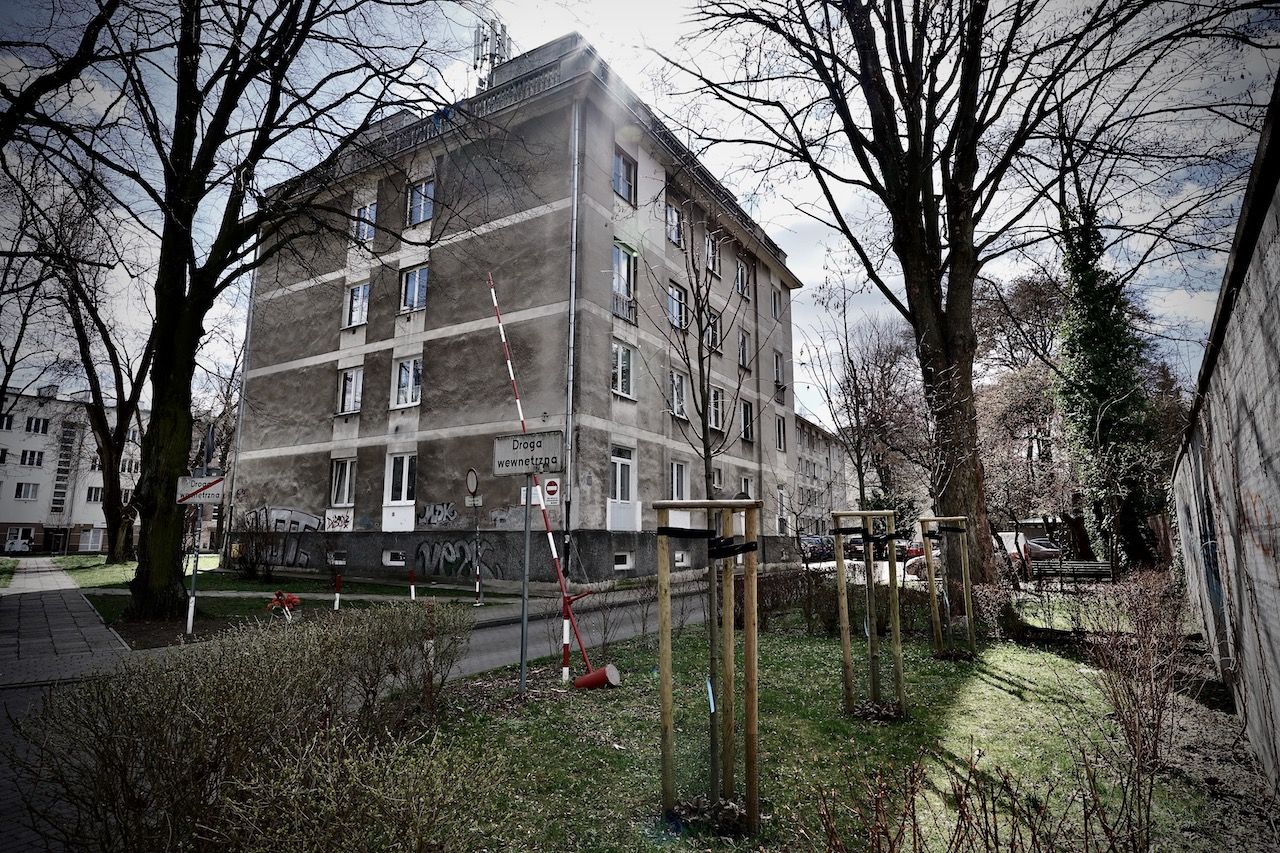
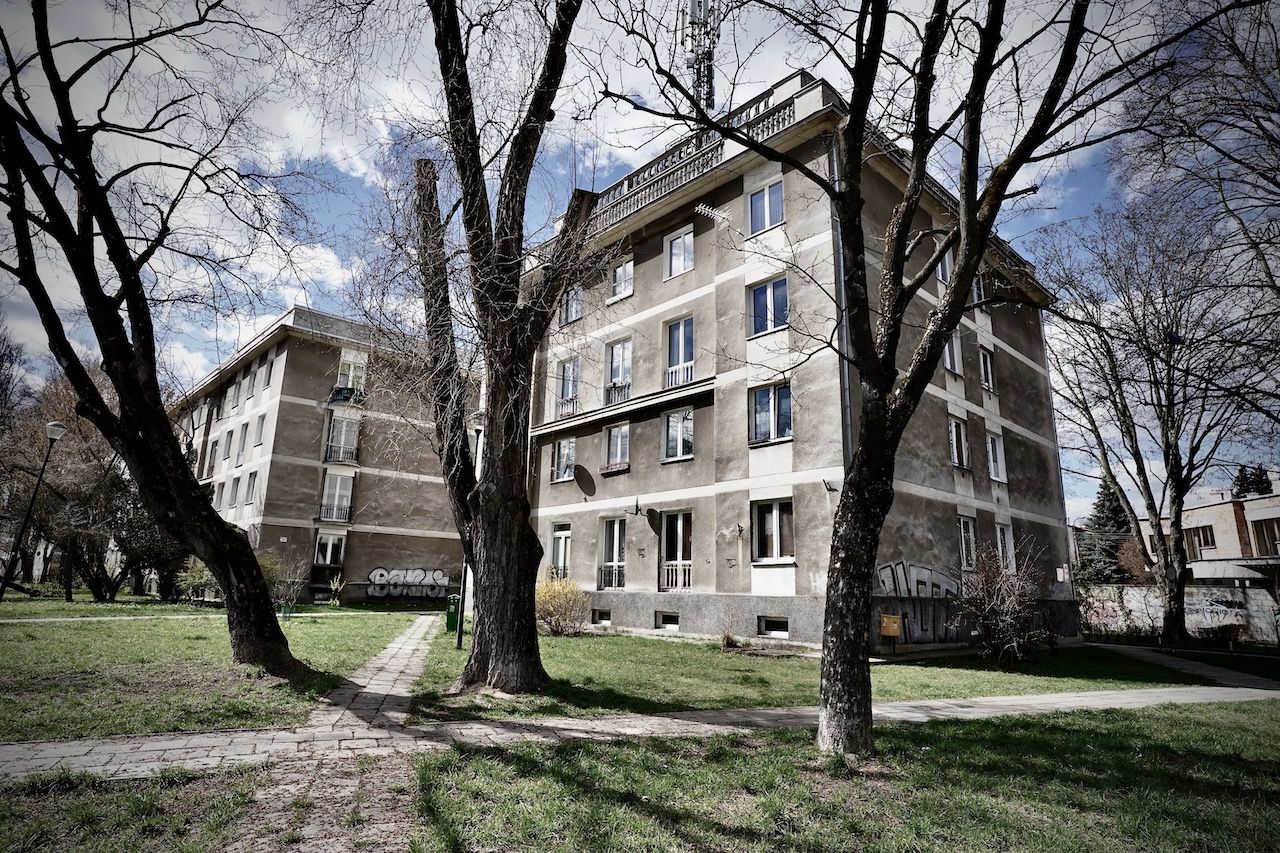

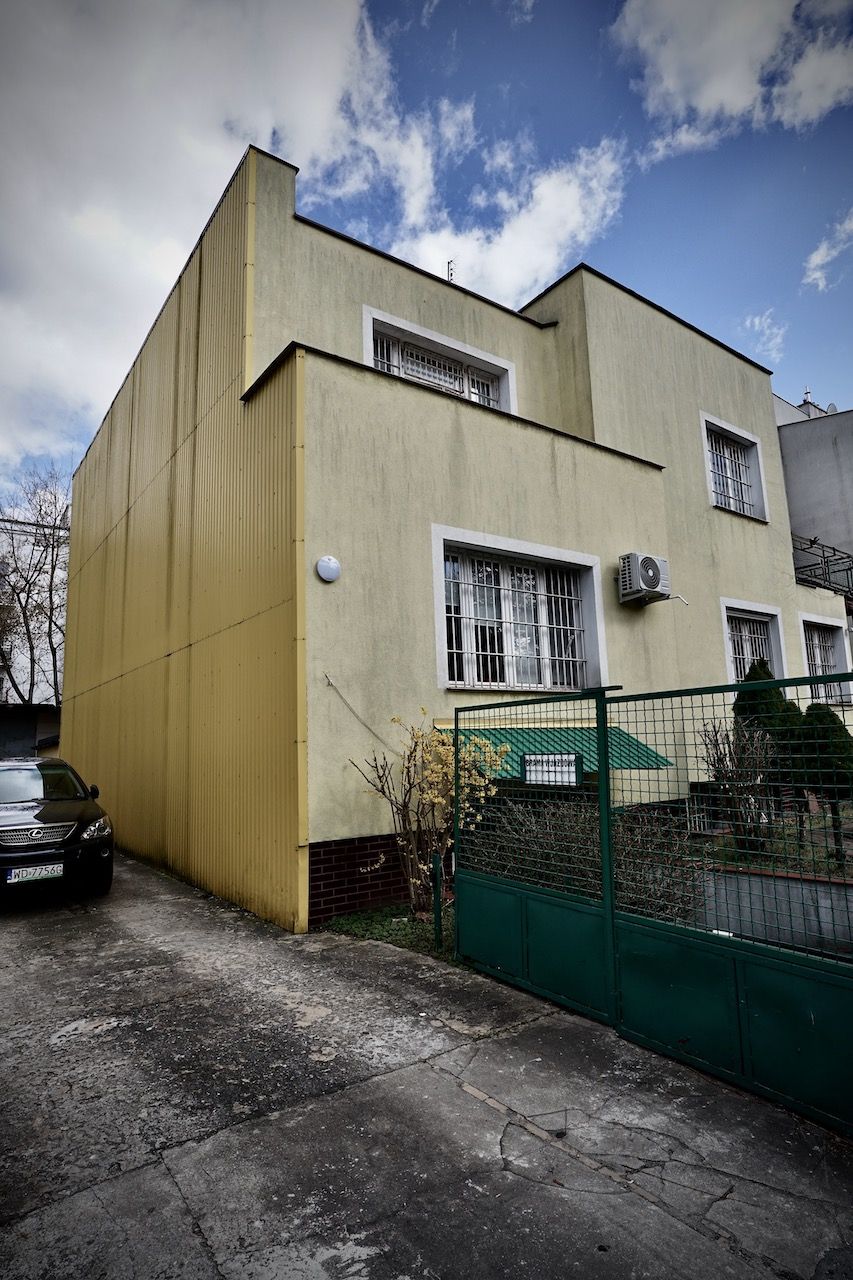

Oh yeah, for anyone into cemeteries, Bielany is the resting place of a certain Frederik Chopin, whose legacy, amongst other things, is a satisfying sprinkling of benches that begin to play his music when you plonk down your backside for a cigarette, swig of water and a muse.
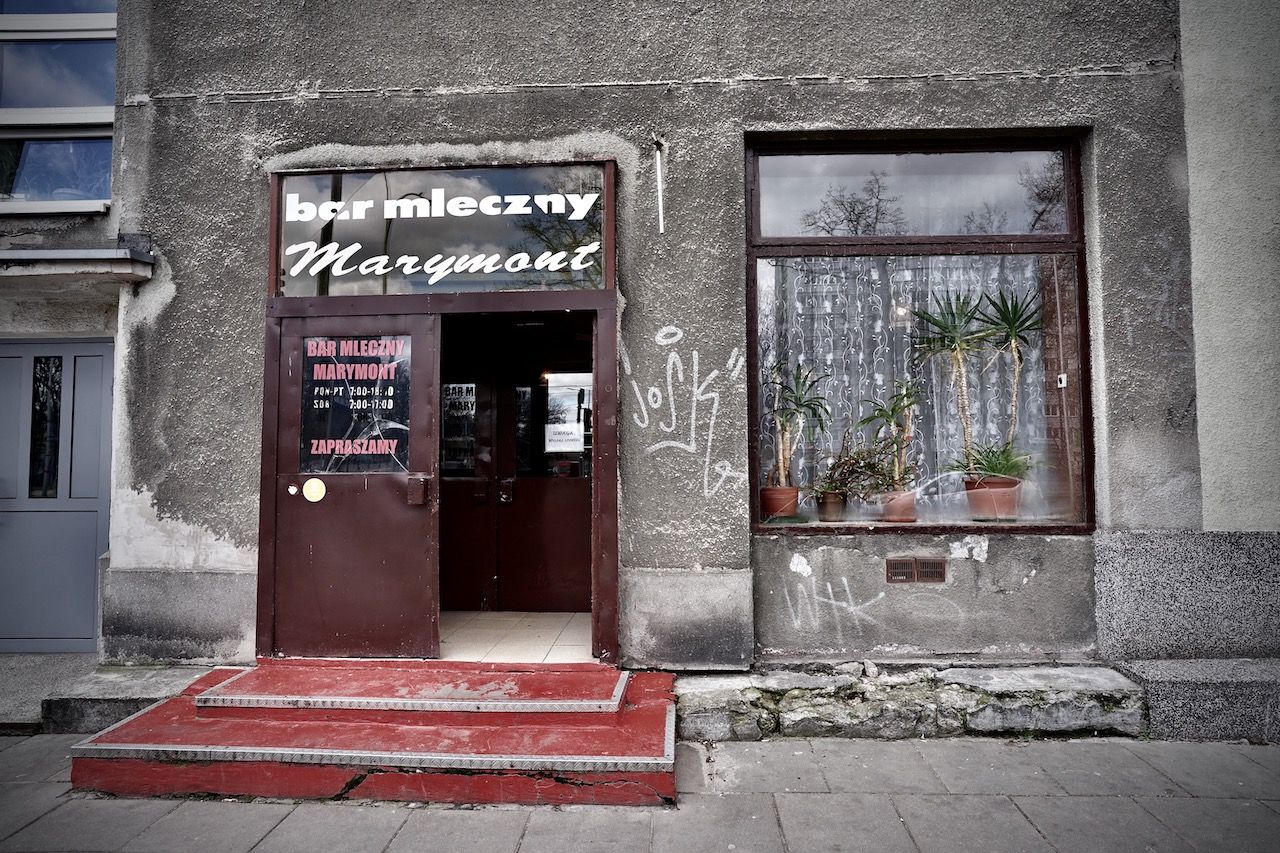
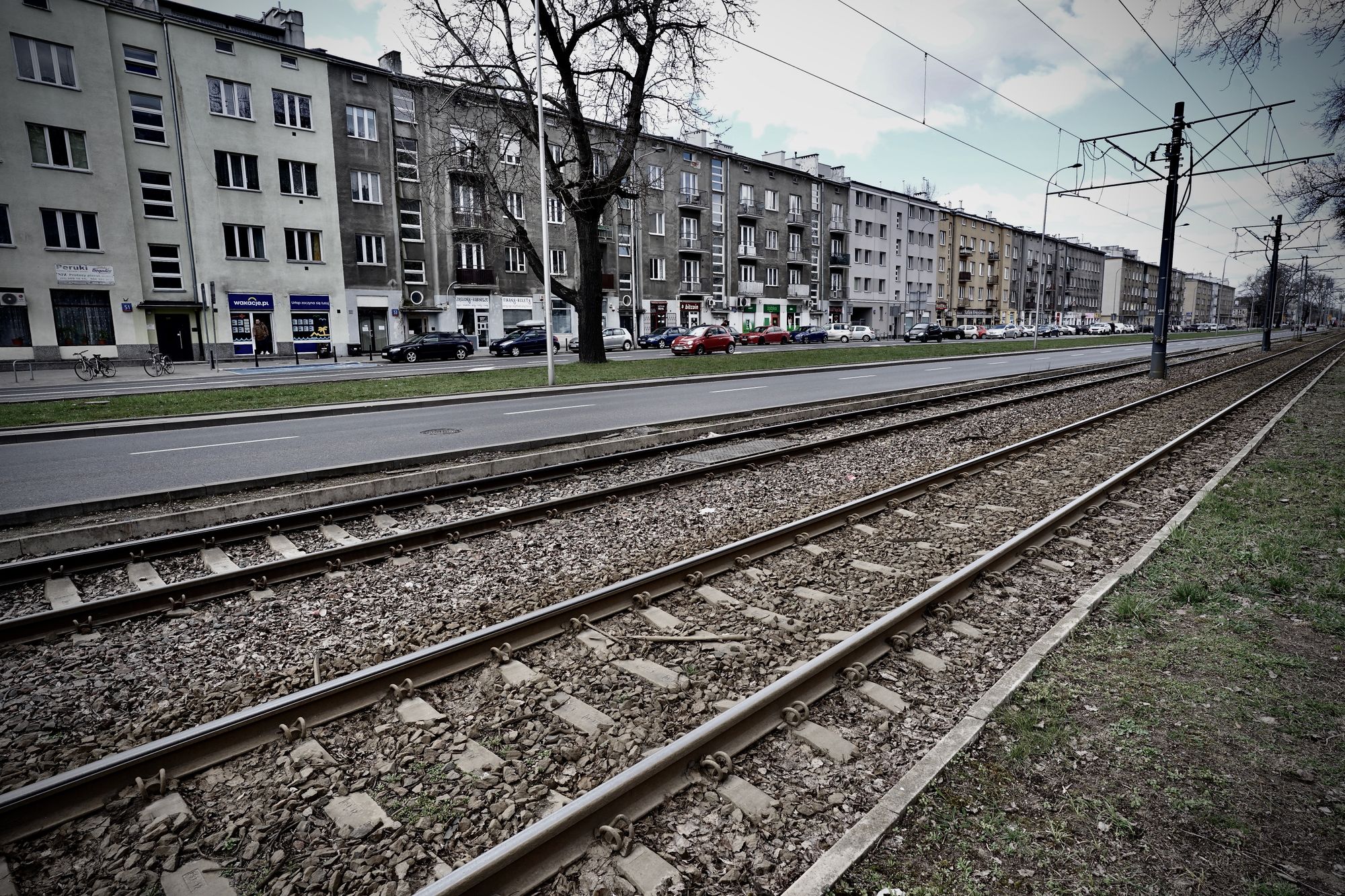
Harmony
I think that's the word for today: both Bielany & Klaudyny exemplify the harmony of this city. Everything moves slowly, at a graceful pace, rich live with poor, colour compliments desaturated walls and tress bend casually toward rivers full of ducks and happy dogs.
It really is awesome. A place for all seasons, I'd say.





Demarkation
In principal, the line between the two "villages" is a vast, covered section of motorway. One can stand right next to the road, separated by a glass tube and hear only the slightest hum of traffic - a slightly unsettling feeling, made all the more sublime by the surrounding murals evoking the pride and heroism of the Warsaw Uprising (August 1944).
It's worth noting, that Warsaw has its fair share of graffiti. But you literally never see any of it's historic murals defaced.
The murals ARE the city. History personified they blend into the environment and in some way hold the entire context together.
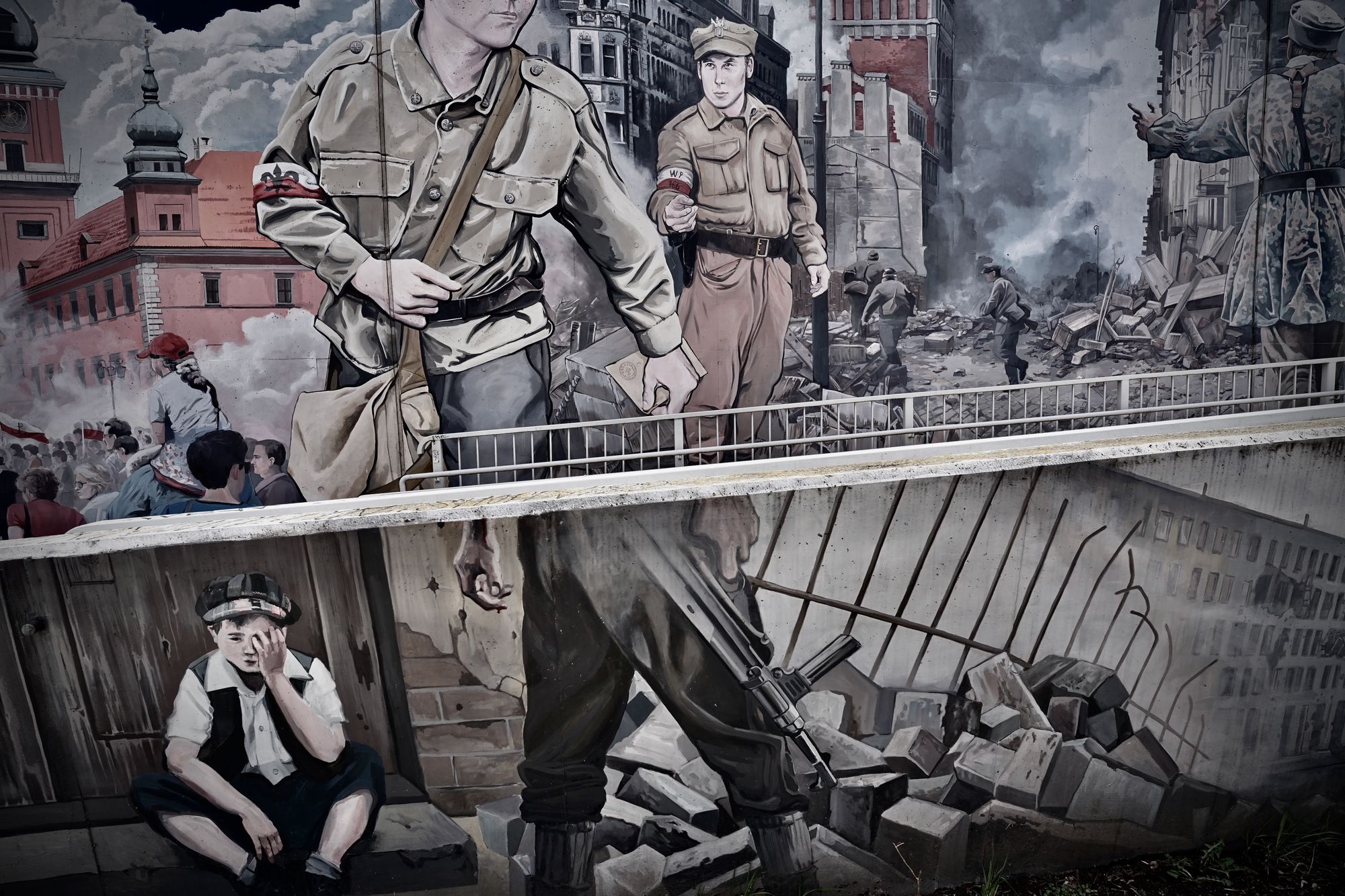
You simply cannot spend any time in Warsaw at all without being reminded that the very reason you are here is in no small part due to the strength, pride and genuine heroism of its citizens.
I think this is etched on walls throughout the city and the faces of everyone who lives here - young and old.
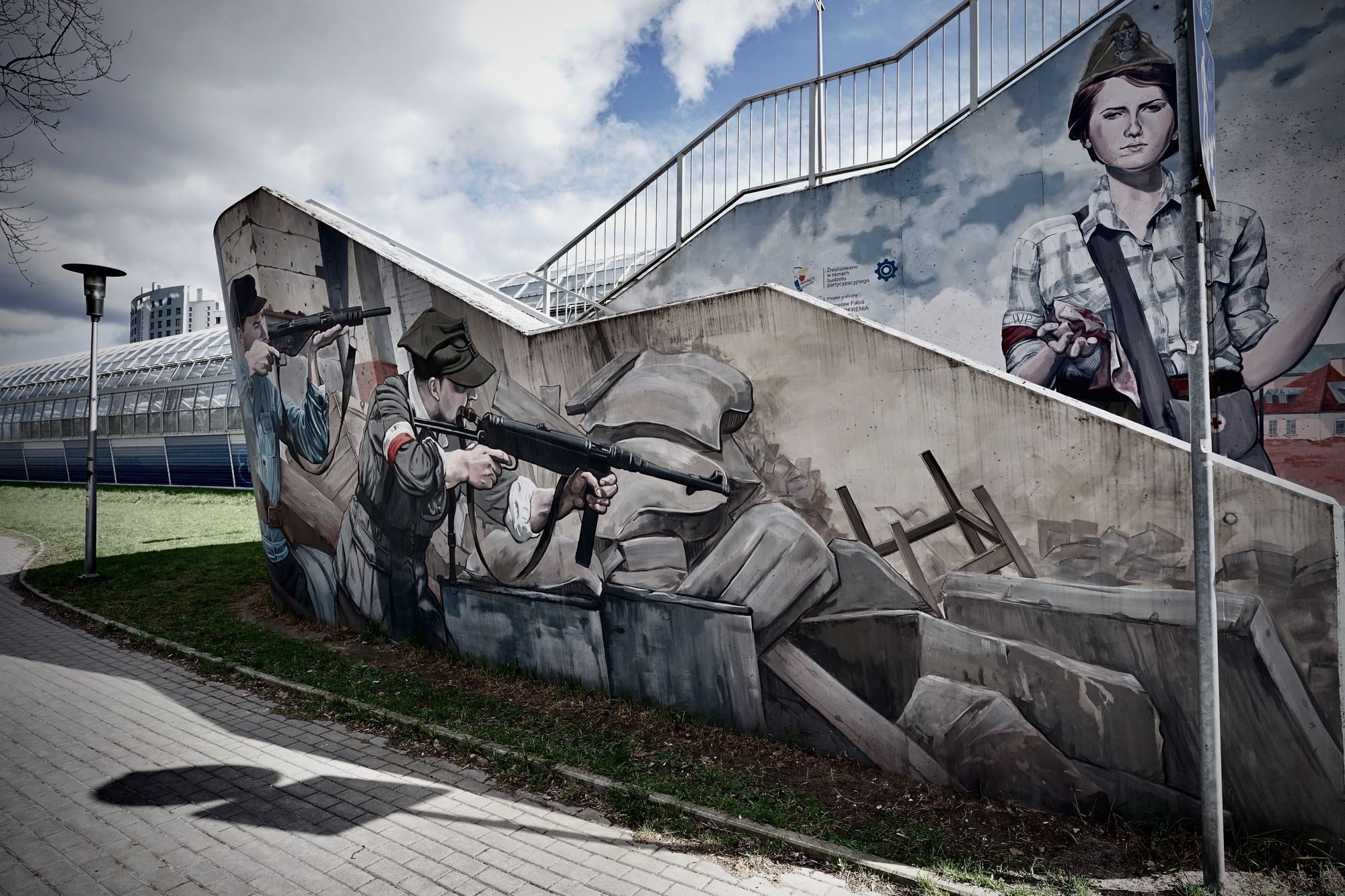
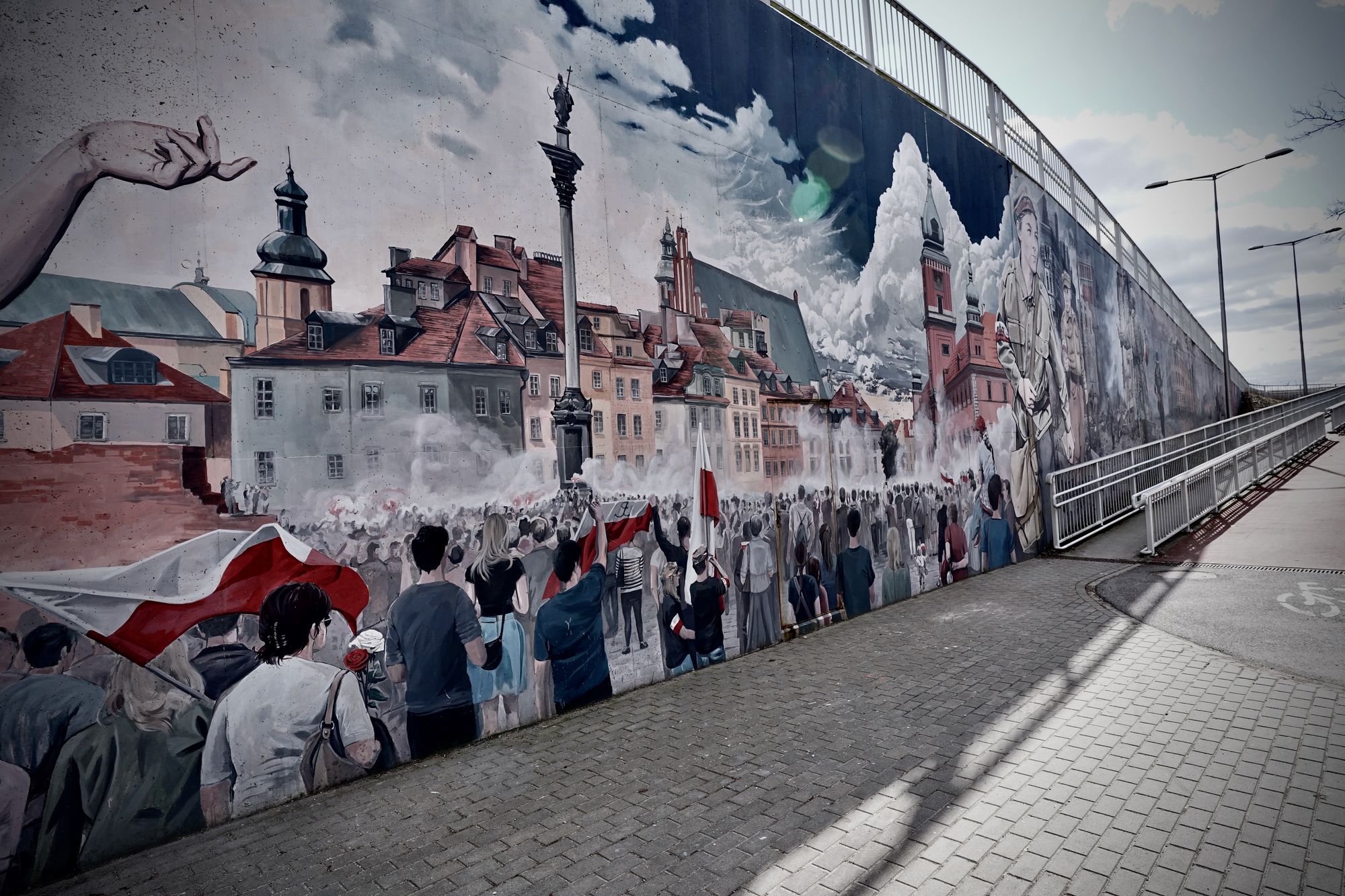





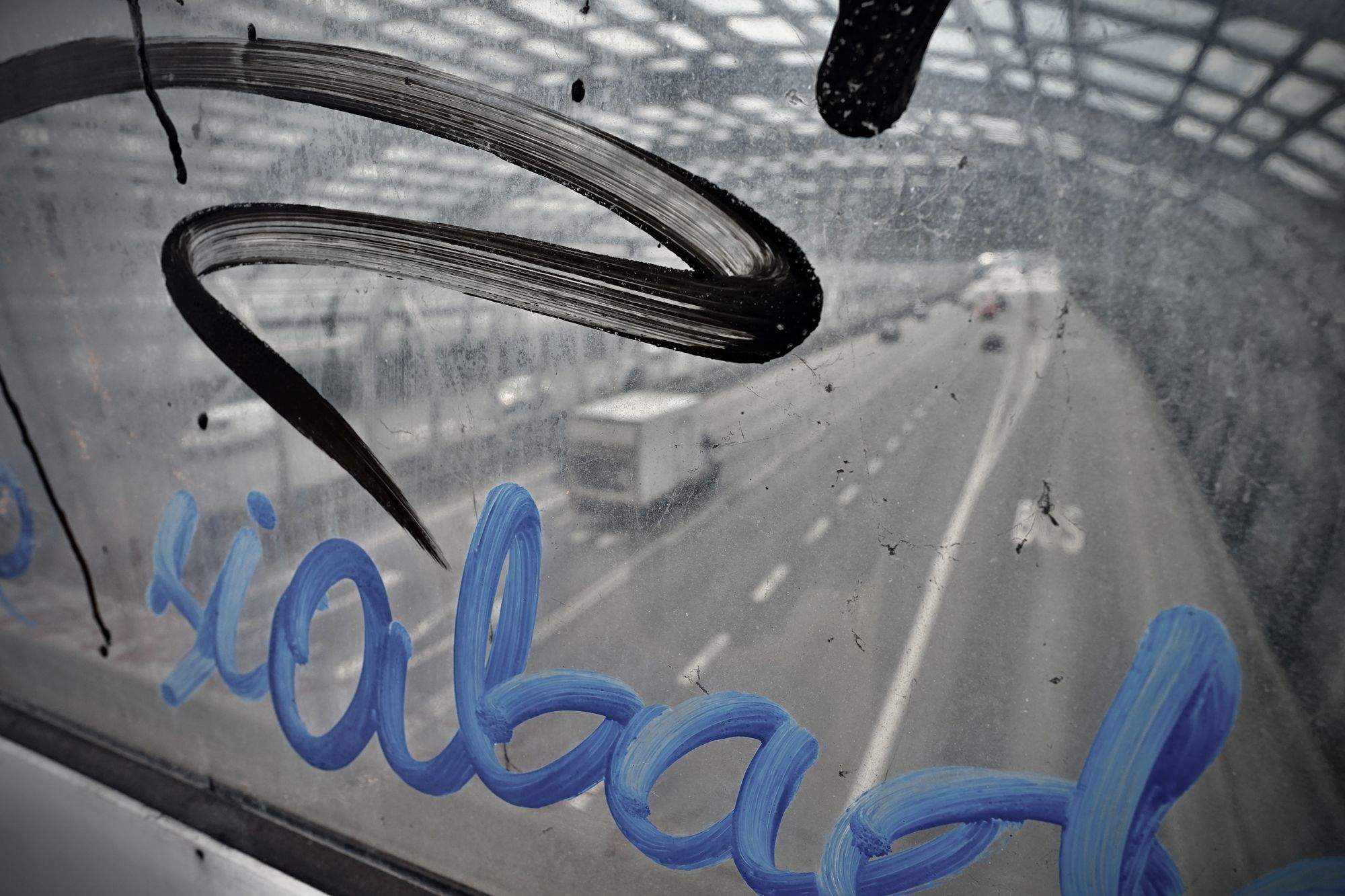



Departure
Heading East from Klaudyny, you find yourself confronted by the immense Wisła river and prepare to run the gauntlet of it's many bridges.
High speed trains come and go, as trams collect and offload.
Across these same bridges, a mere 80 years ago the trains headed out from the city to the death camp at Treblinka. What must those poor souls have thought as they caught their last glimpse of their city?
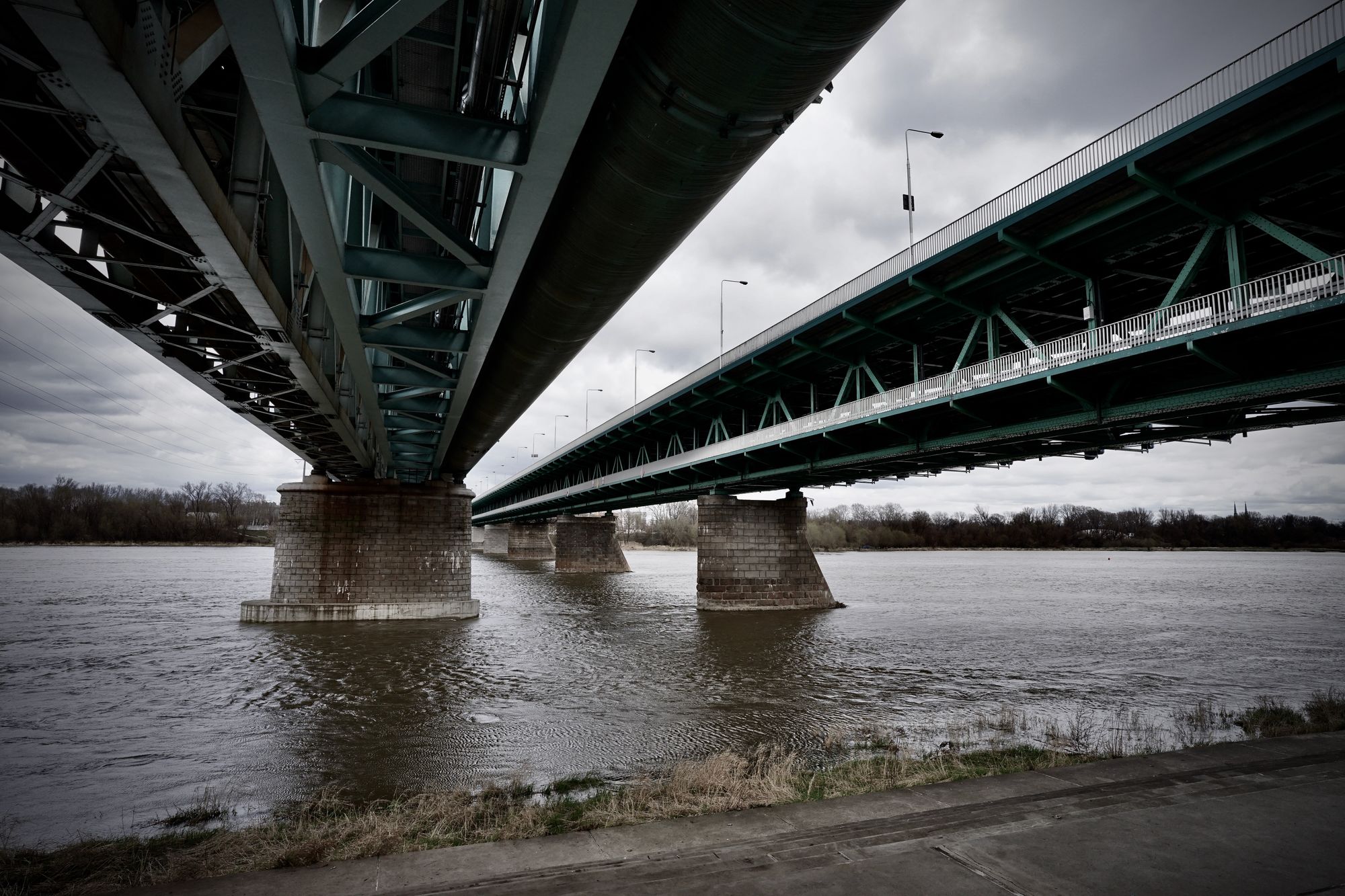
The Wisła Boulevards on a cold spring day seem somewhat lack-lustre, tired and grey. Beach resorts lie shuttered against the wind and the river water laps gently by your feet.
Strings of lights cast shadows in the late afternoon light.
As the historic Old Town comes into view on the west bank, and my feet grow tired, Warsaw plays one of its greatest cards - from the moment of deciding "I've had enough" to arriving home, is twelve minutes of sublime public transport.
Kocham Warszawę.




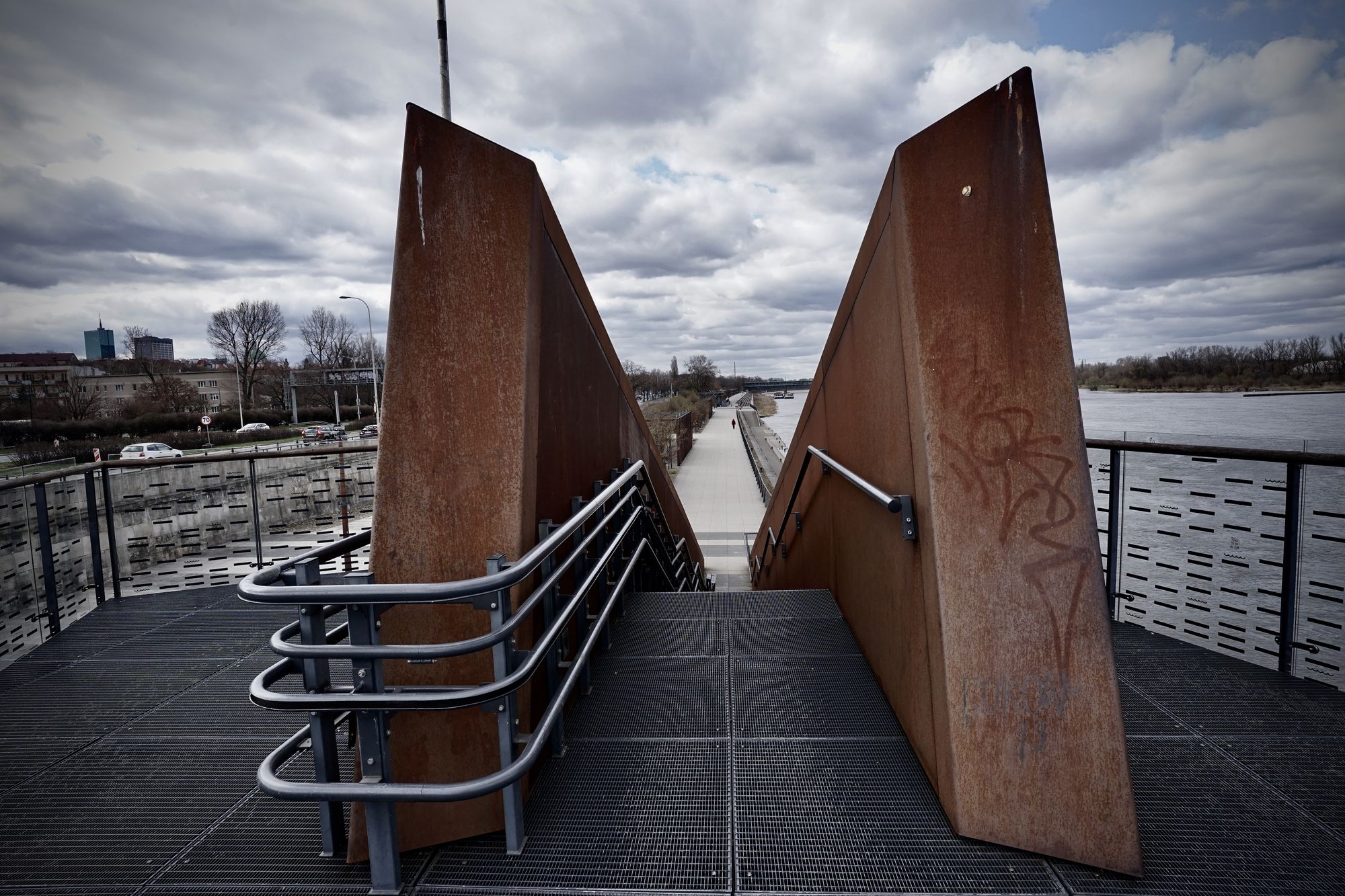
Camera: Sony A7ii
Prime Lens: Sony 20mm F1.8
Simulation: Standard / None
Additional Retouching: Apple Photos




